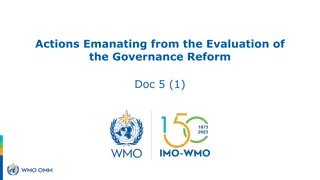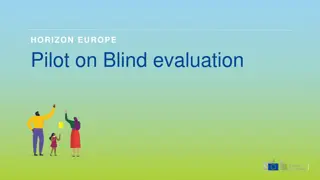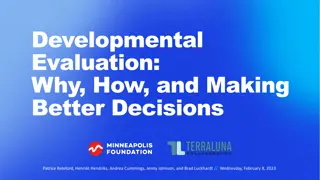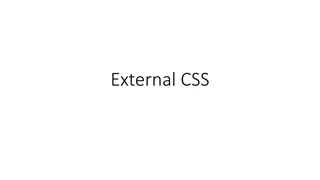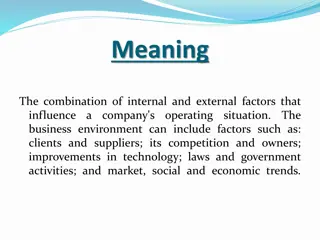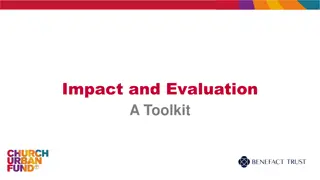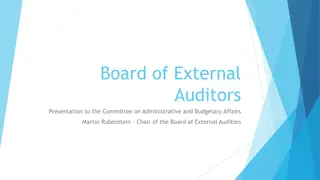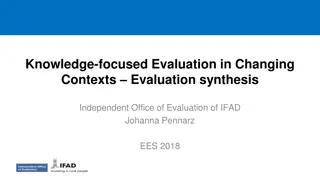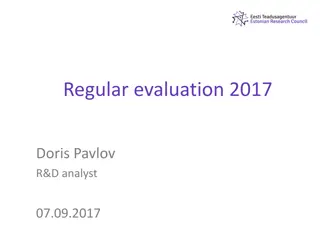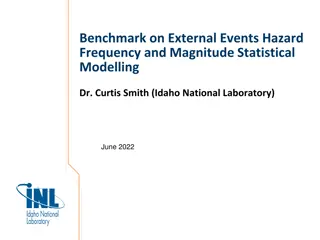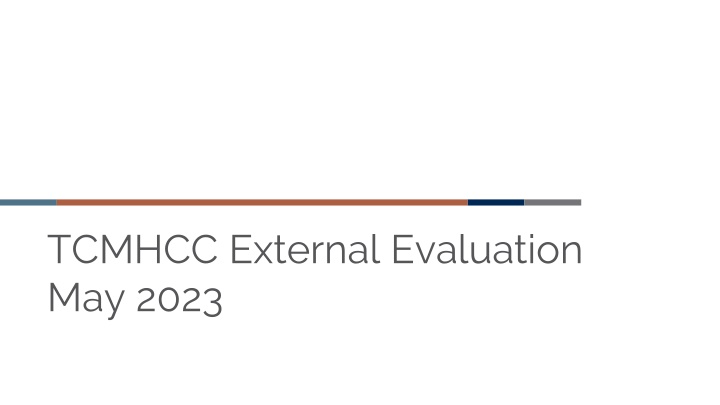
Analyzing Health Program Outcomes and Accessibility Measures
Explore the outcomes of health programs and spatial accessibility measures in Texas through surveys, dashboards, and qualitative interviews. Learn about Child Opportunity Index, implementation fidelity, and trainee experiences in community mental health.
Download Presentation

Please find below an Image/Link to download the presentation.
The content on the website is provided AS IS for your information and personal use only. It may not be sold, licensed, or shared on other websites without obtaining consent from the author. If you encounter any issues during the download, it is possible that the publisher has removed the file from their server.
You are allowed to download the files provided on this website for personal or commercial use, subject to the condition that they are used lawfully. All files are the property of their respective owners.
The content on the website is provided AS IS for your information and personal use only. It may not be sold, licensed, or shared on other websites without obtaining consent from the author.
E N D
Presentation Transcript
TCMHCC External Evaluation May 2023
TCHATT & CPAN Dashboards Goal: Examine campuses (TCHATT) and clinics (CPAN) reached and served by geographic location and population-level vulnerability indicators (i.e., rurality, medically undeserved designation, child opportunity) Child Opportunity Index (COI): Measure of child opportunity at the neighborhood (census tract) level Combines data from 29 neighborhood-level indicators across three domains: education, health and environment, social and economic Each neighborhood assigned an opportunity level: very low, low, moderate, high, or very high opportunity TCHATT Dashboard CPAN Dashboard 2
Spatial Accessibility of CPAN Clinics Goal: Create a measure of the population in need of CPAN services Methodology: Using a two-step floating catchment area (2SFCA) approach to generate a measure of spatial accessibility to CPAN services at the county level in Texas 3
Year 3 TCHATT & CPAN Surveys Outcomes: Implementation fidelity and level of implementation Implementation practices that increase equitable access Benefits of the program Barriers and suggested improvements Perceived impact TCHATT survey timeline: May 2023 Identified sample of 483 campuses across the 12 HRIs Surveying primary TCHATT contacts (1 per campus) Goal: 300 respondents CPAN survey timeline: June 2023 Surveying sample of PCPs enrolled in CPAN Goal: 300 respondents 4
Year 3 CPWE Qualitative Interviews Goal: To understand trainees (residents and fellows): Experiences with the CPWE program Perceived impact of the program (including how it influences their specific career plans in community mental health) Satisfaction with the program Recommendations for quality improvement In-depth interviews will be conducted with one residents or fellow at each HRI (12 interviews total) Timeline: June 2023 5


